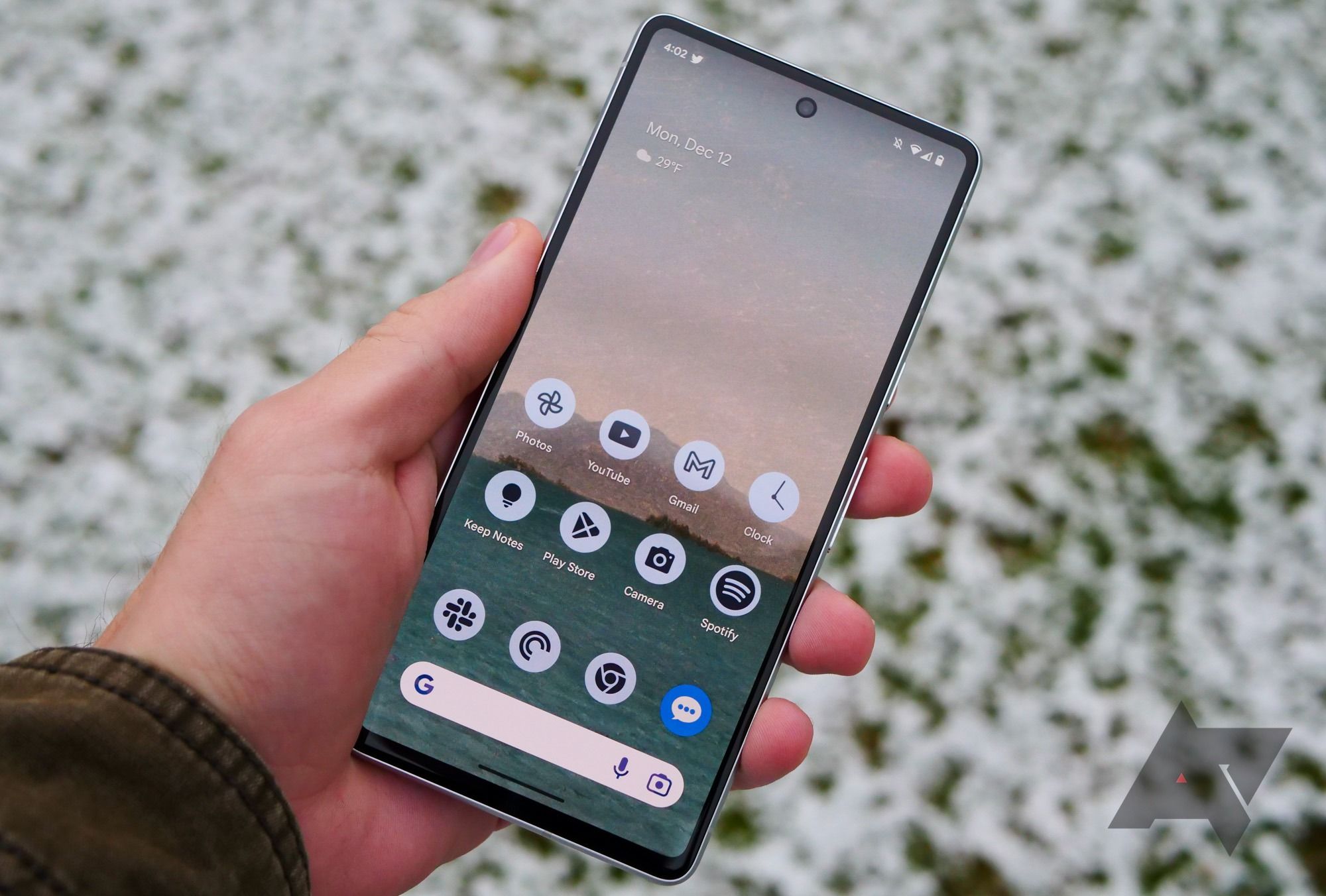Google stuck to Android's classic 3-button navigation system for a long time. In 2019, things started to change with the introduction of two-button navigation in Android 9.
In Android 10, Google put the finishing touches on its gesture controls, ditching all the buttons from previous versions and creating a system akin to the gesture navigation in iOS. Since the update with Android 10 in 2019, things have mostly stayed the same — although Android 13 brought modest UI changes, and it looks like Android 14 will likely get a new predictive back gesture.
If you’ve been using the older button-based icons and are looking to make the switch to gesture navigation, we're here to help. This guide will walk your through enabling and using the new gestural navigation on most phone running Android 10 or later. If your phone is still running Android 9 or earlier, it's time to look for deals on a new smartphone.
How to turn on Android's gesture navigation
You've made the decision to lose the 3-button navigation and switch to gestures. That’s a big move because it’ll change how you interact with your device, but it’s not nearly as hard as you might think. The first step to switching to gesture navigation is to make the switch, literally. To turn on gesture navigation:
On a Google Pixel phone
- Head over to the Settings app.
- Scroll through the options until you reach System settings; tap it.
- Look for and open Gestures in the menu.
- Select System navigation from the options.
- From here, tap on Gesture navigation.
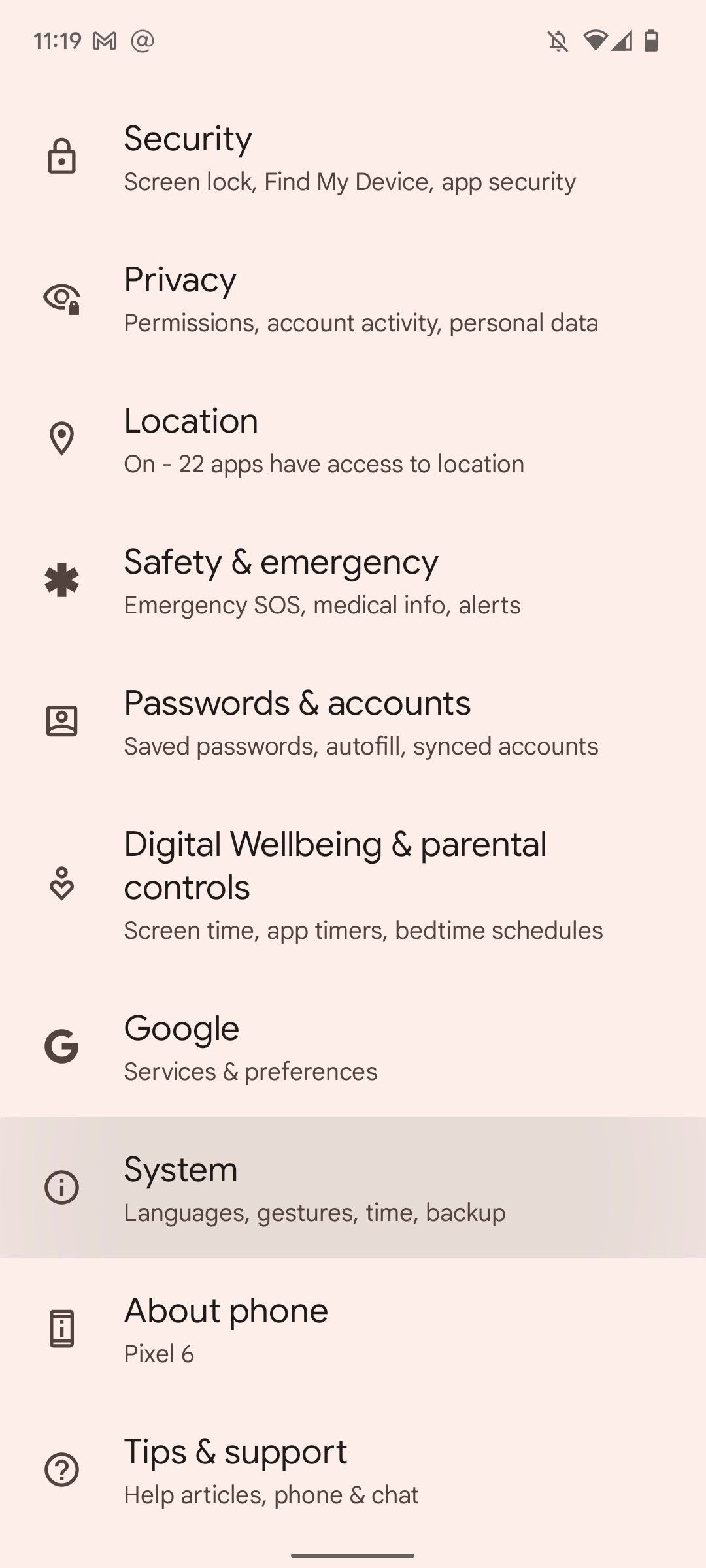
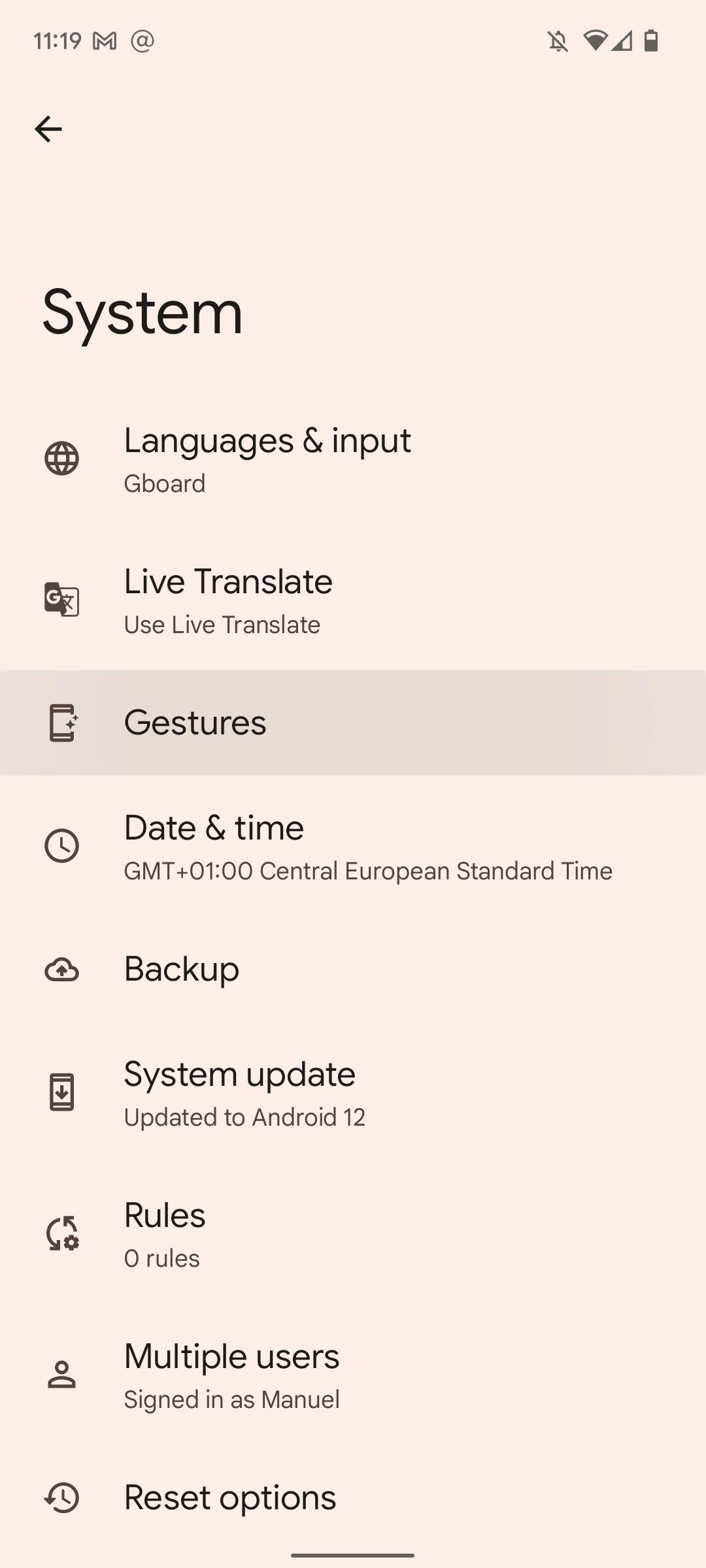
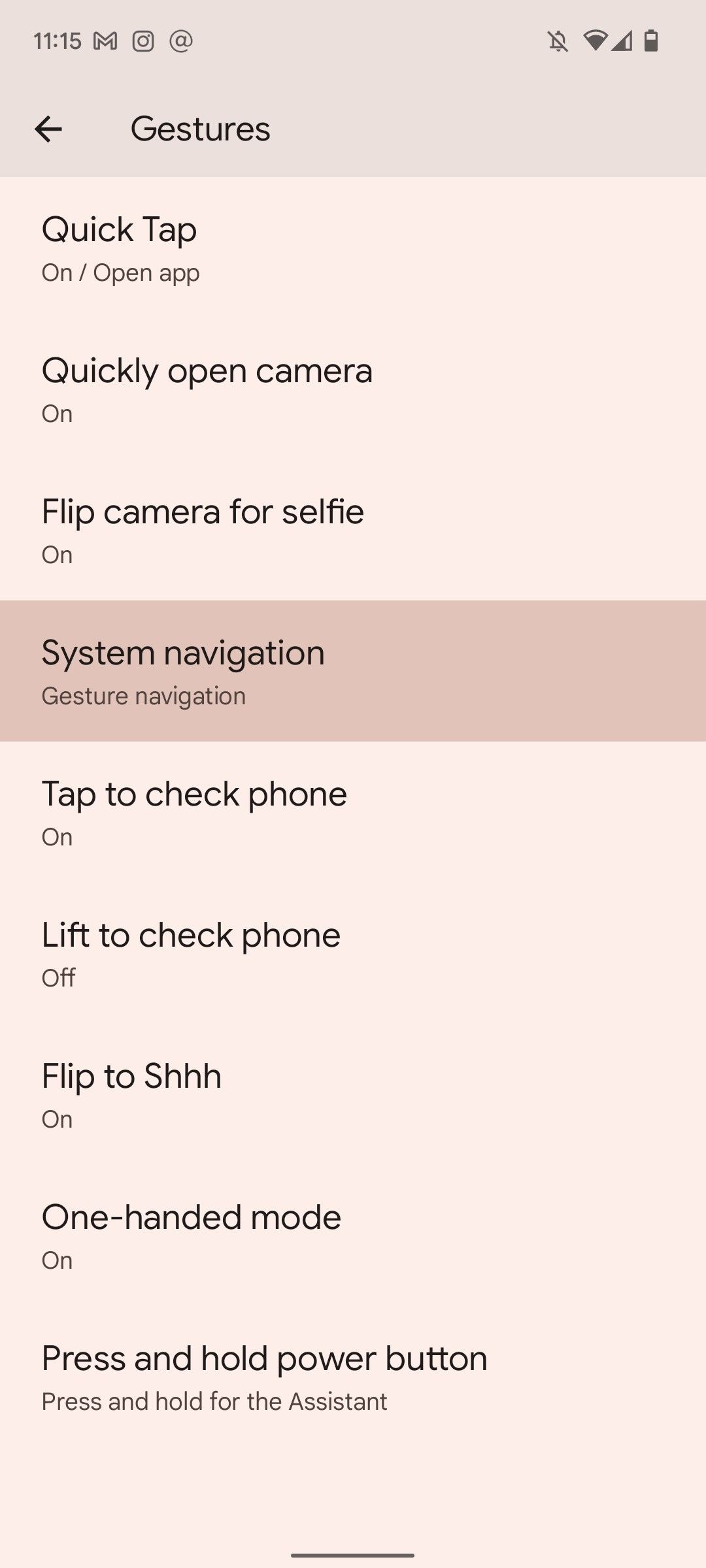
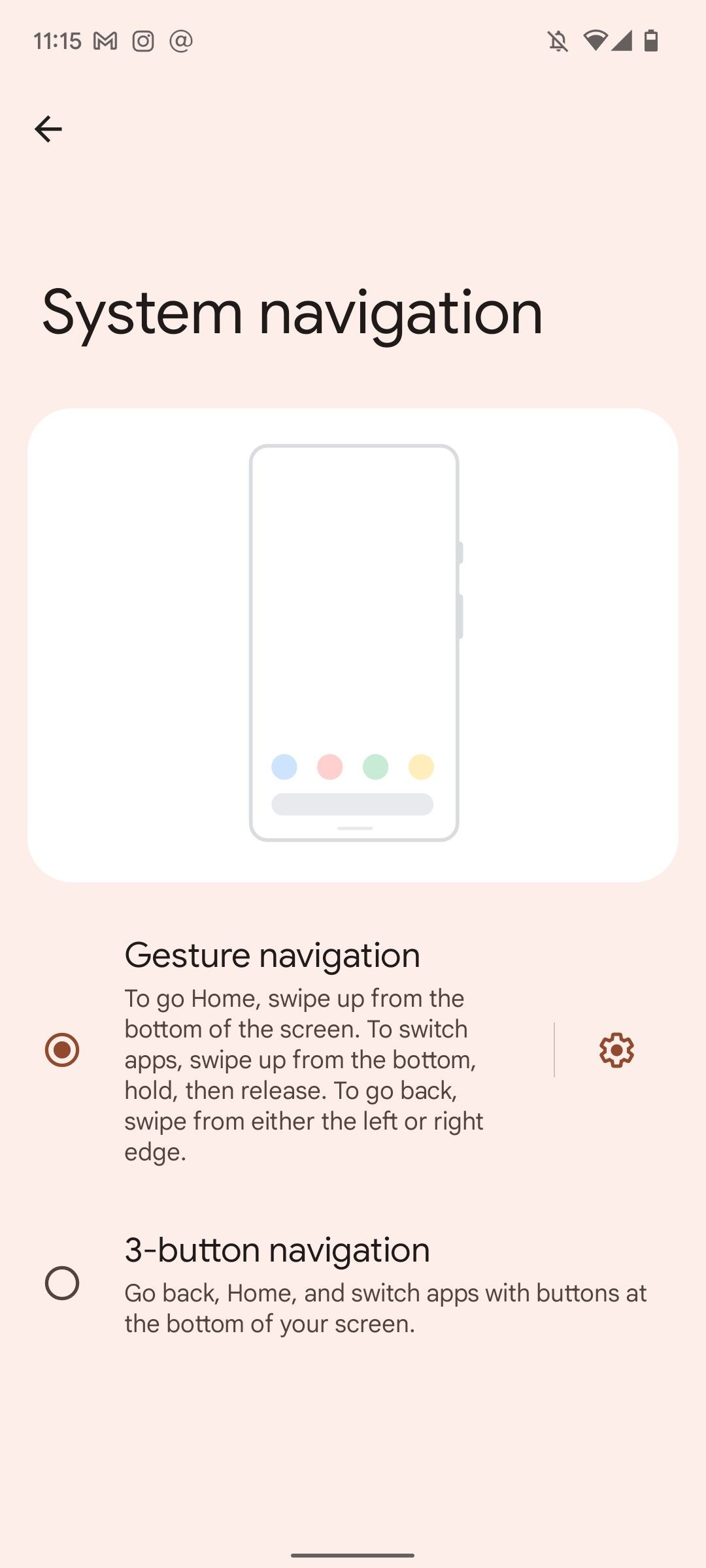
If you use a Motorola, OnePlus, or TCL phone, you should be able to enable gestural navigation using the Pixel tips above. If you're having a problem, return to the main settings menu and type "navigation" into the search bar at the top of the screen.
On a Samsung phone or tablet
- Open the Settings app.
- Scroll through the options and tap on Display settings.
- Look for and open the Navigation bar option.
- Tap on Swipe gestures.
- From here, tap on the More options button under Swipe gestures.
- You’ll find an option that says Swipe from bottom; ignore it, and select Swipe from sides and bottom.
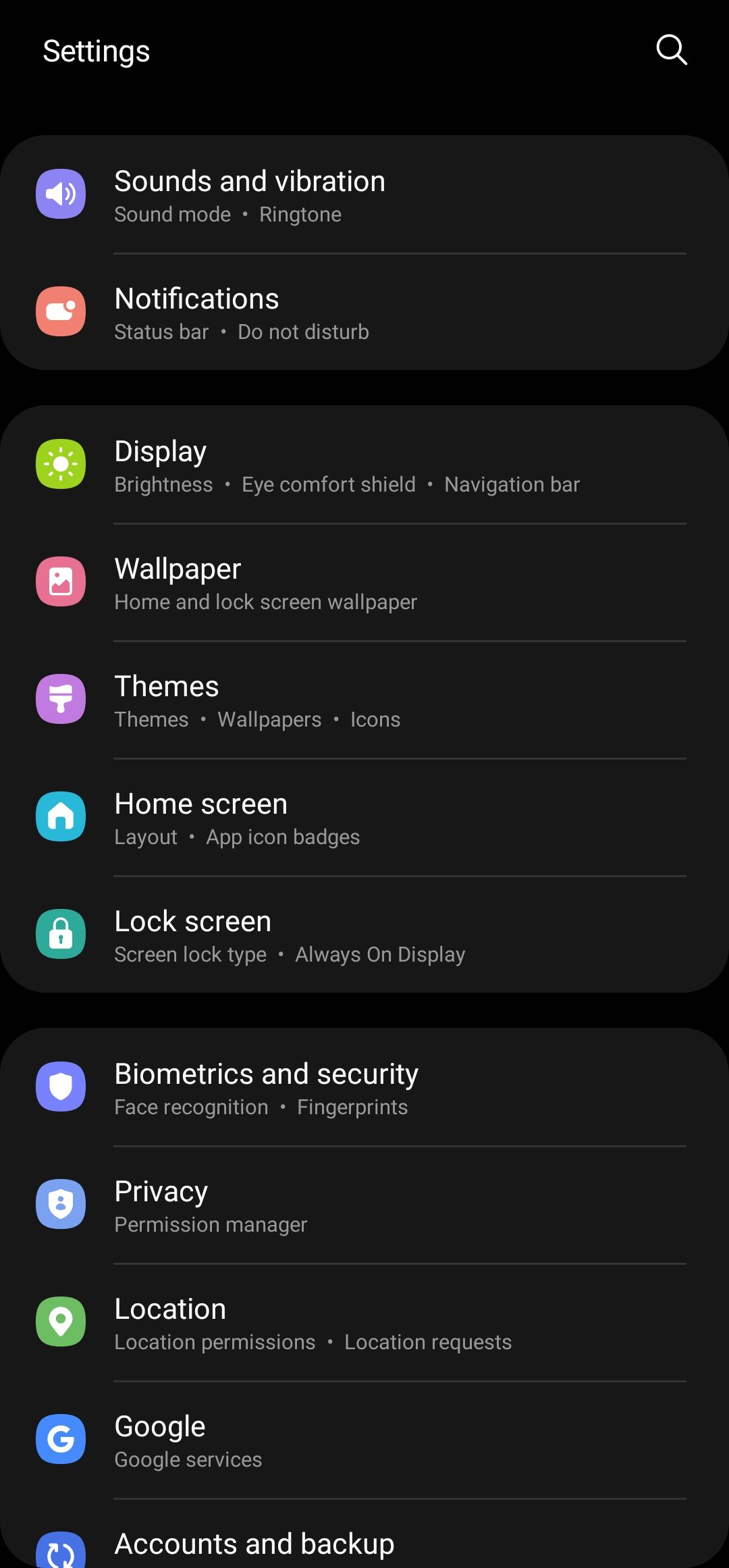
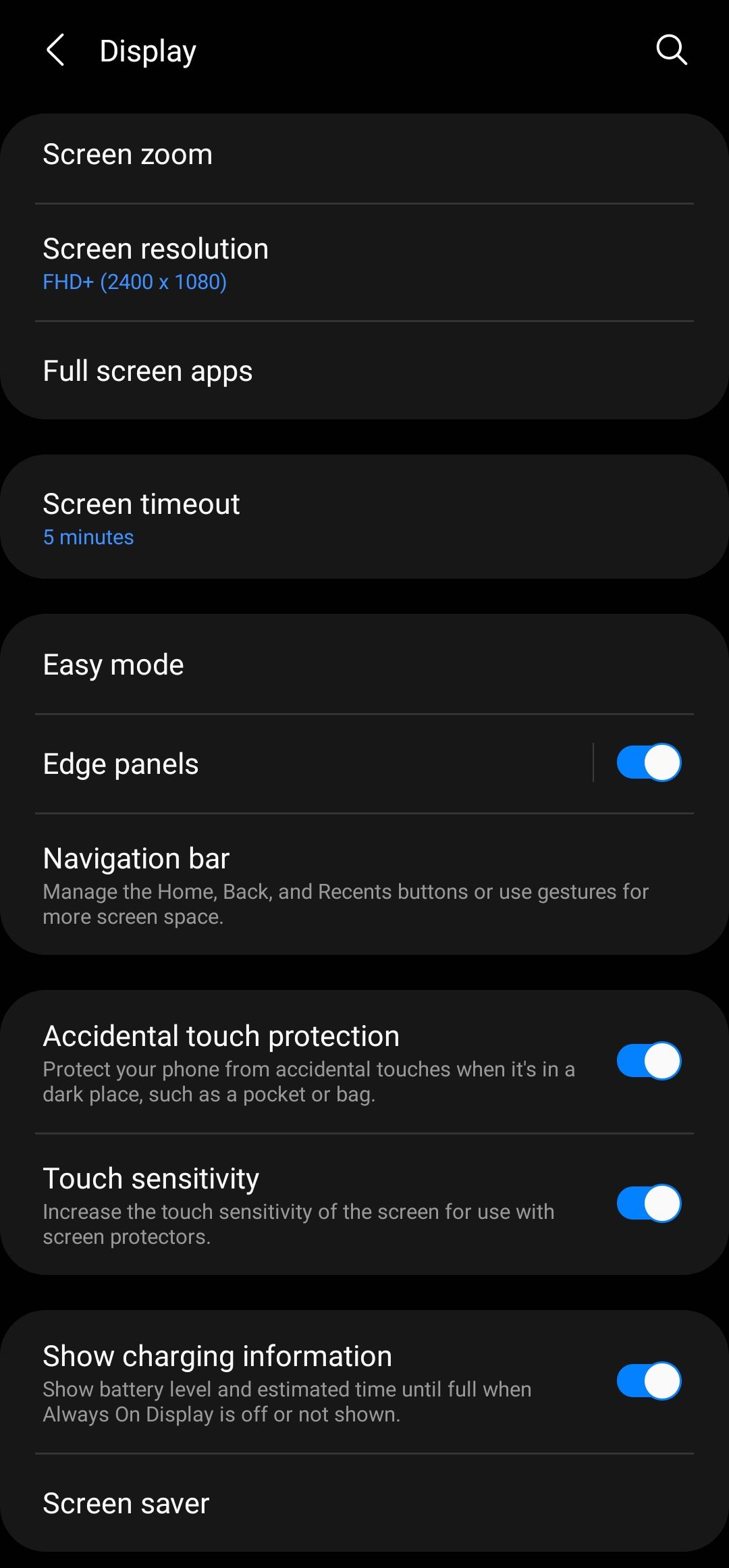
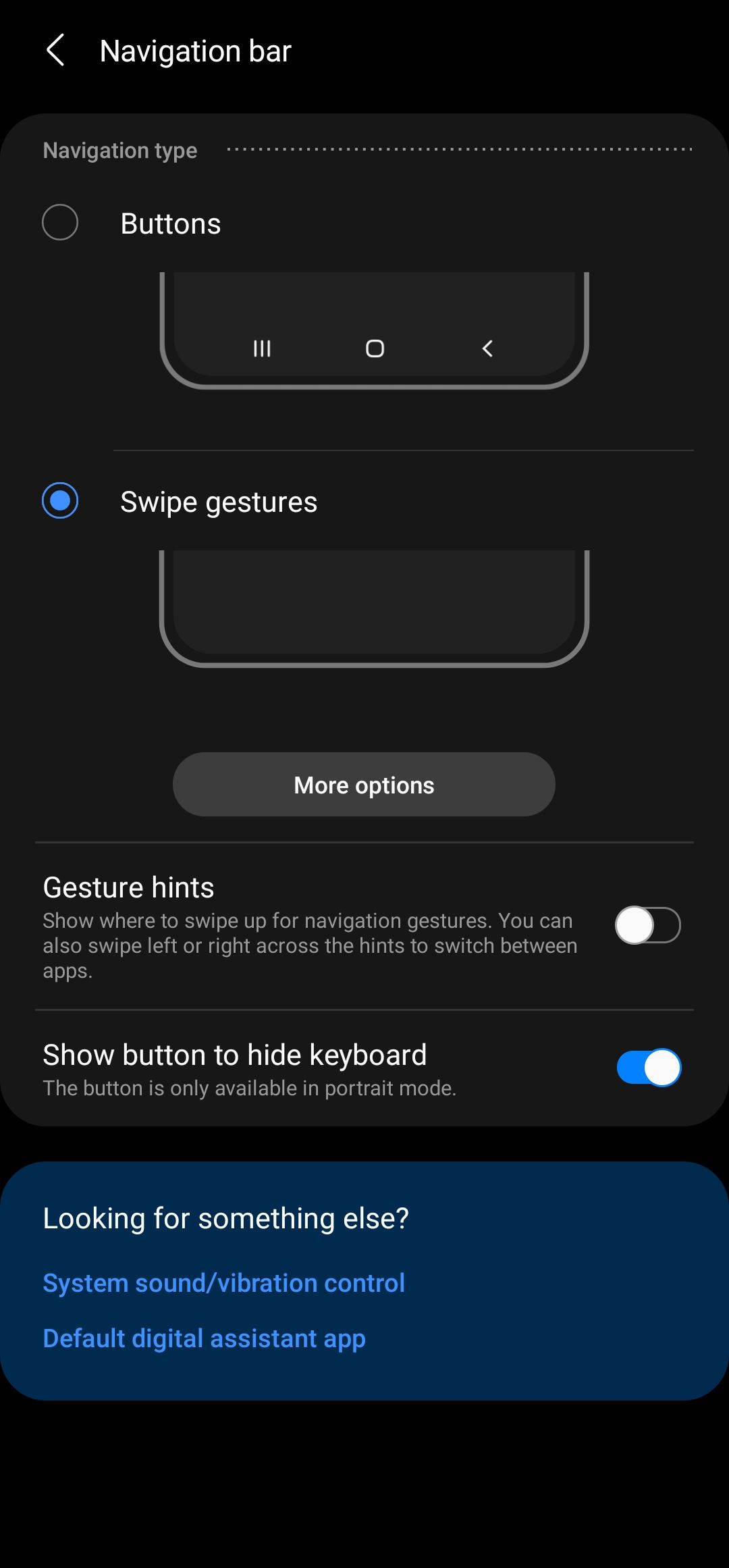
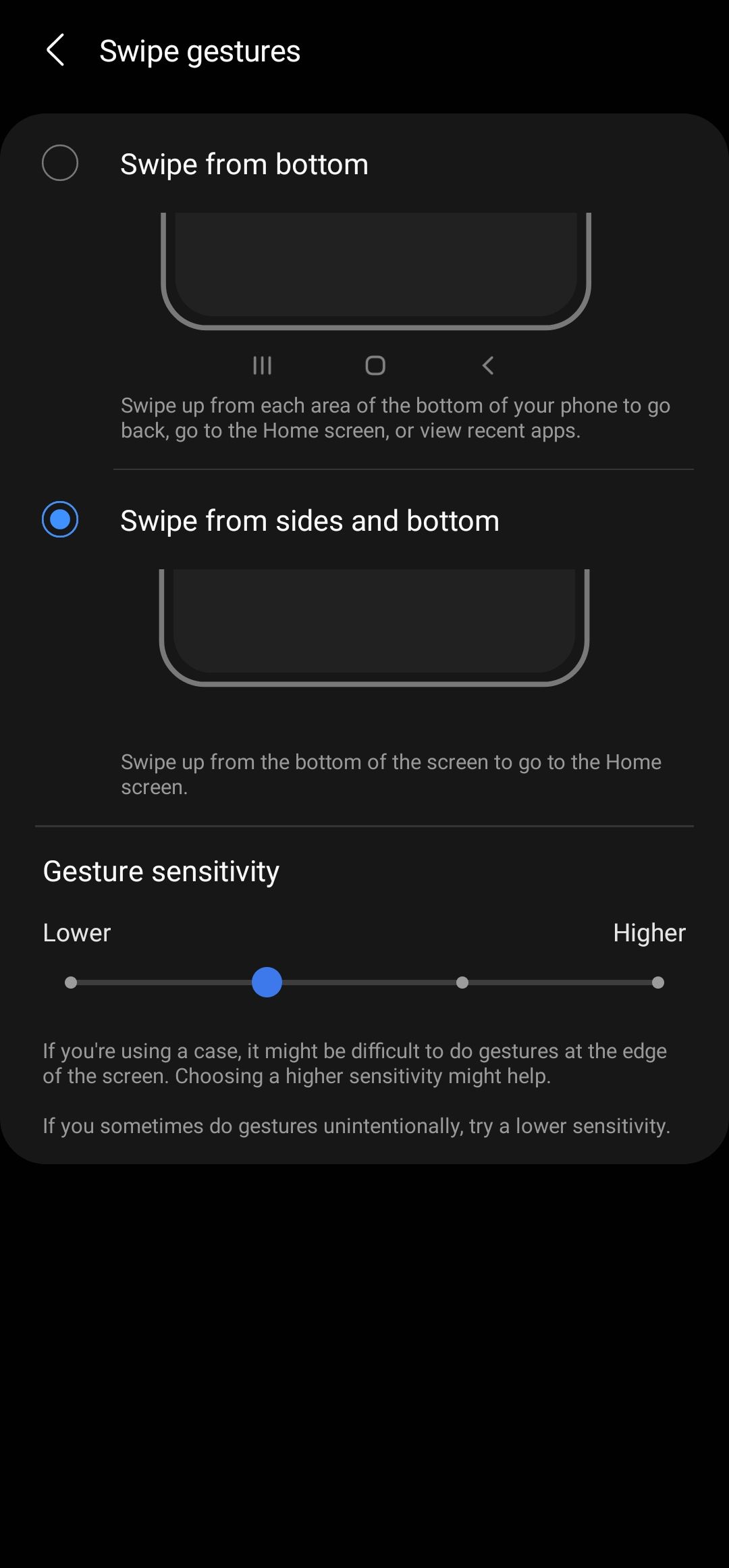
For other phones, your mileage will vary just a bit. Most have gesture navigation options in similar places as described above, but the naming conventions might differ.
How to use Android’s gesture navigation
How to return to your phone's homescreen
So, you’ve turned on gesture navigation, and all you see is a gesture handle or navigation bar centered on the bottom of your screen. You’re still stuck in Settings, so how do you return to the home screen? Just swipe up from the thin line at the bottom of the screen, and you’d be back on the home screen. Easy, right? The gesture works from any app or interface. Just make sure that your hand doesn’t linger on the screen for too long when you swipe, as that would trigger another response.
Still on the home screen, swiping up from anywhere will open your app drawer. The difference between this and the home screen gesture is that you do not swipe from the navigation bar. Instead, start anywhere above the white line — you can even start from the middle of the screen. However, this gesture only works when you’re already on the home screen, and only if your phone actually comes with an app drawer — some manufacturers like Xiaomi don't offer one by default.
How to go back with Android's gesture navigation
So how do you close an app or interface and return to the previous page without the good ol’ back button? Swipe from the left or the right edge of your display, and you'll notice an arrow pop out. Release your finger, and that's it. Even better is that you can do it from any point along the entire length of your screen. If the gesture seems to get triggered easily or barely, you can also adjust the sensitivity on the gesture settings screen. Note that a higher sensitivity will let you activate the gesture further away from the edge of your screen.

The downside of this gesture is that it tends to interfere with slide-out menus and certain in-app navigation systems. You can overcome this by tapping and holding the edge of your screen before swiping, which should allow you to pull out menus. Some people are also able to avoid the back gesture by swiping at a 45-degree angle, but we've found the former option to be more reliable. Swiping straight without a pause will usually only activate the back gesture.
How to see your recently-used apps on Android
Remember when we said not to let your hand linger on the screen for too long when swiping to return to the home screen? It’s time to perish that idea because that’s exactly what you need to do to open the recent apps list or overview screen.
Simply drag a finger up from the thin line and hold until you feel the phone pulse. All your recent apps will appear on the screen in a preview window, with the most recent directly in view and the others lined to its left, on Pixel phones. Depending on your Android version and device, you may see additional toggles like Screenshot in this menu.
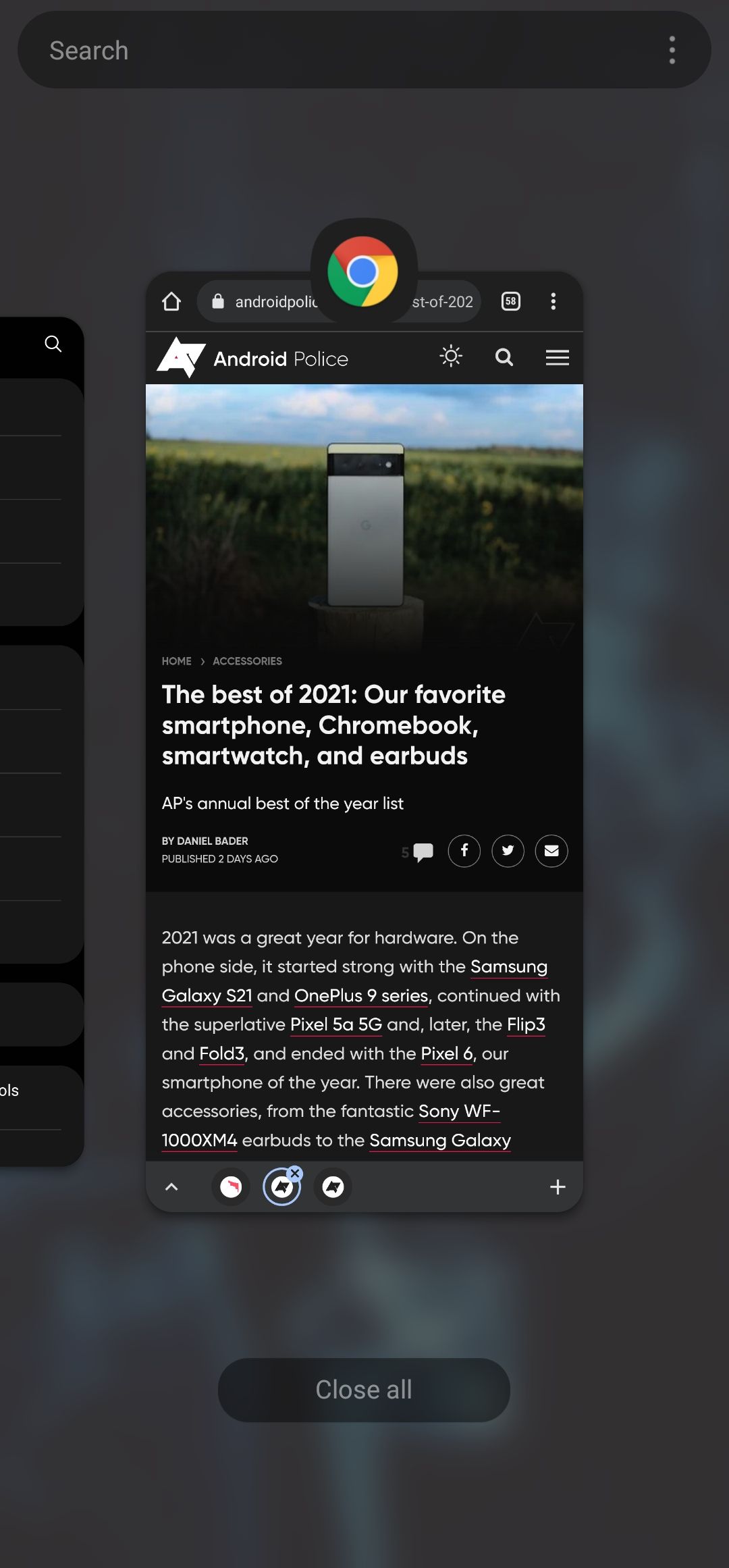
You can then swipe left and right to navigate the list, tap a preview to open the corresponding app, or swipe on the line to close the multitasking page — just like you could when using three-button navigation.
You can also quickly switch from your current app to the last-used app without opening the overview screen. Just swipe from left to right on the gesture handle at the bottom of your screen.
Activating the Google Assistant in Android 10 or later
In older Android versions, you could launch Google Assistant either by saying “OK, Google” or holding down the home button. Google began offering more ways to access Google Assistant with Android 10. You can access the assistant by a diagonal swipe and hold from left and right side or your screen, tapping microphone icon in the search bar on your homescreen, or by opening the app. Take a look at our Google Assistant guide for Android to learn all the different ways you can access and use the feature.
Other Android gestures
Apart from the main gestures we’ve just looked at, Android has a few others that help you accomplish specific tasks faster. However, the available gestures and their locations are dependent on your device.
For example, the Google Pixel 4 was the last Pixel device to offer Active Edge, a feature that lets you squeeze the sides of your phone to launch Google Assistant. To find any other Pixel gestures, navigate to Settings > System > Gestures. On a Samsung Galaxy phone, head to Settings > Advanced features > Motions and gestures.
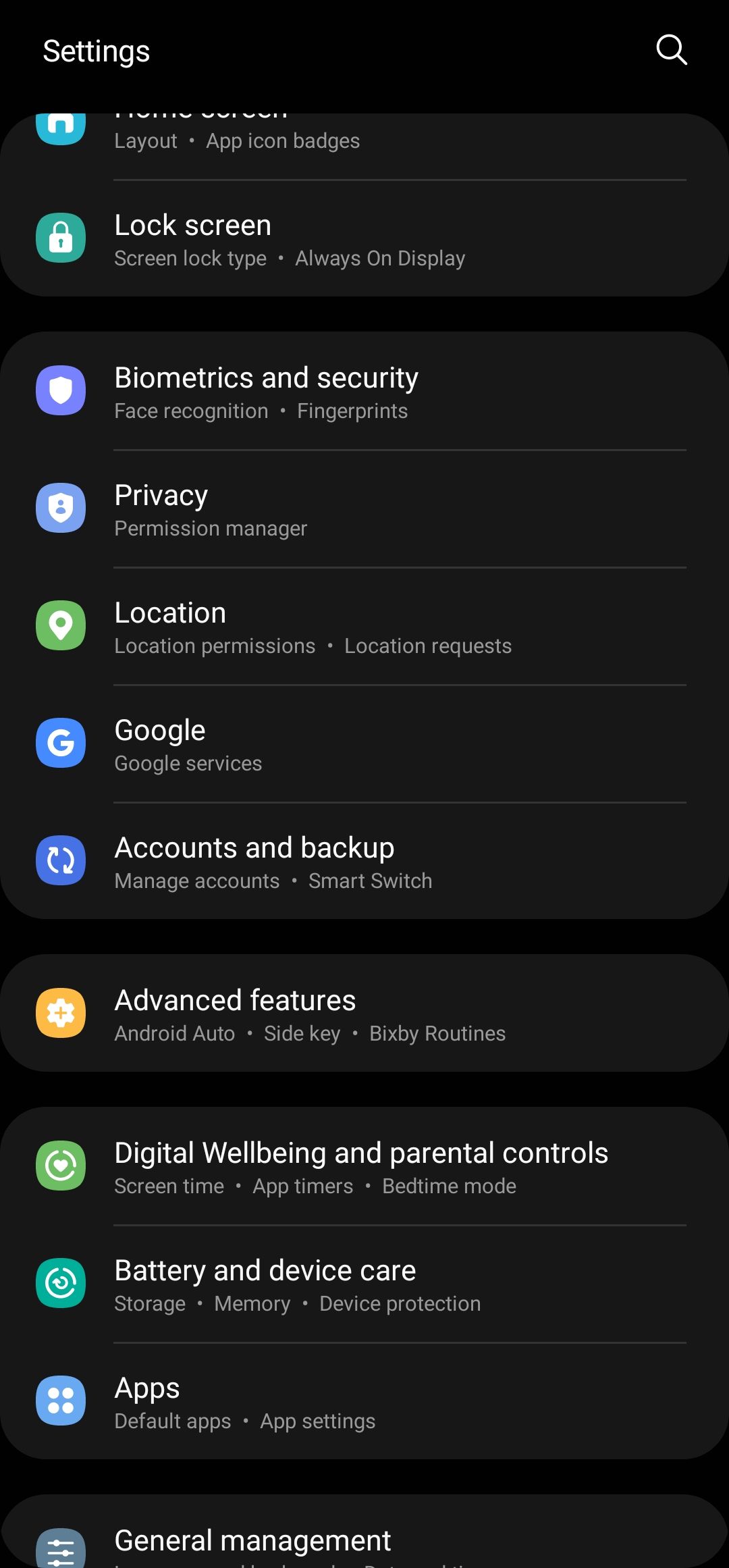
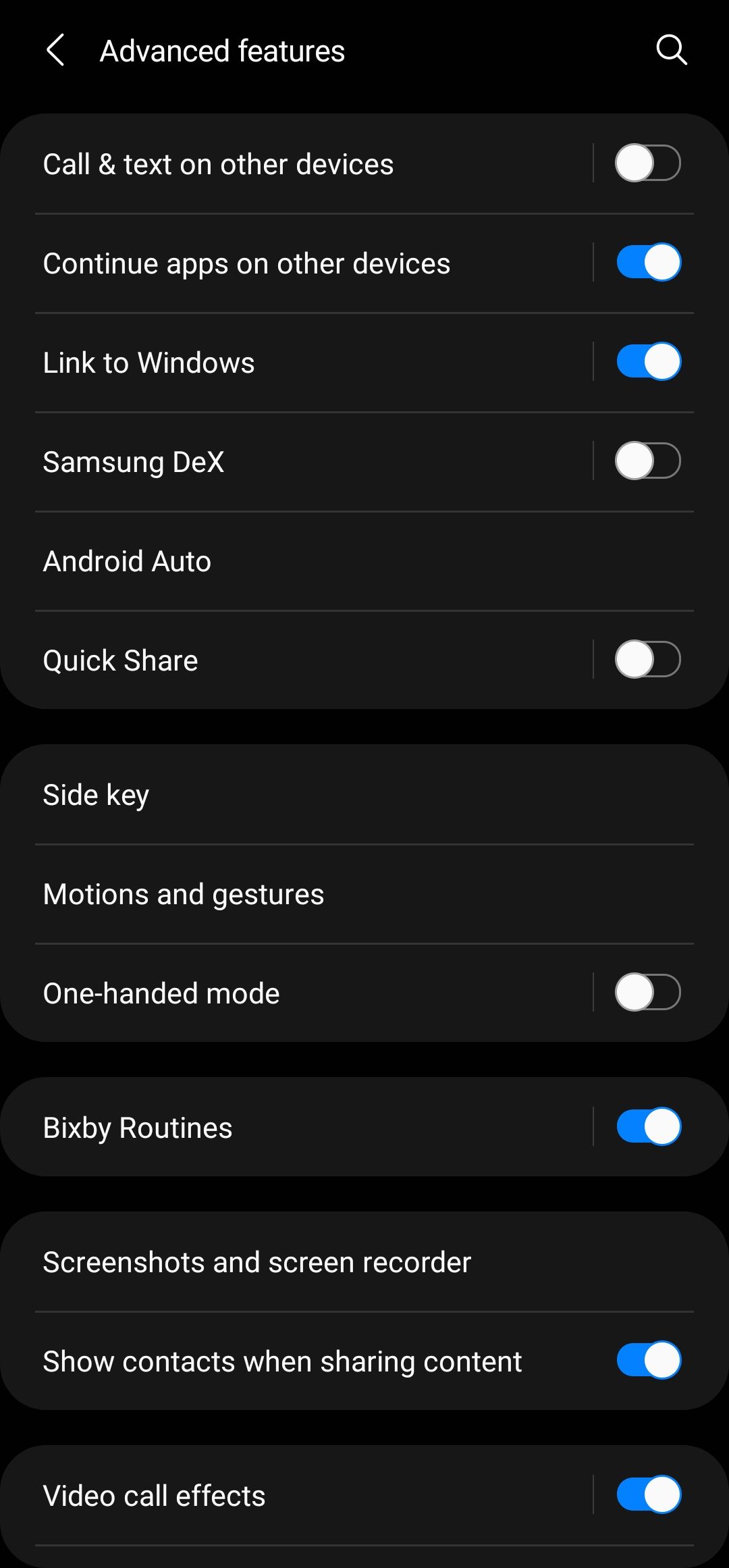
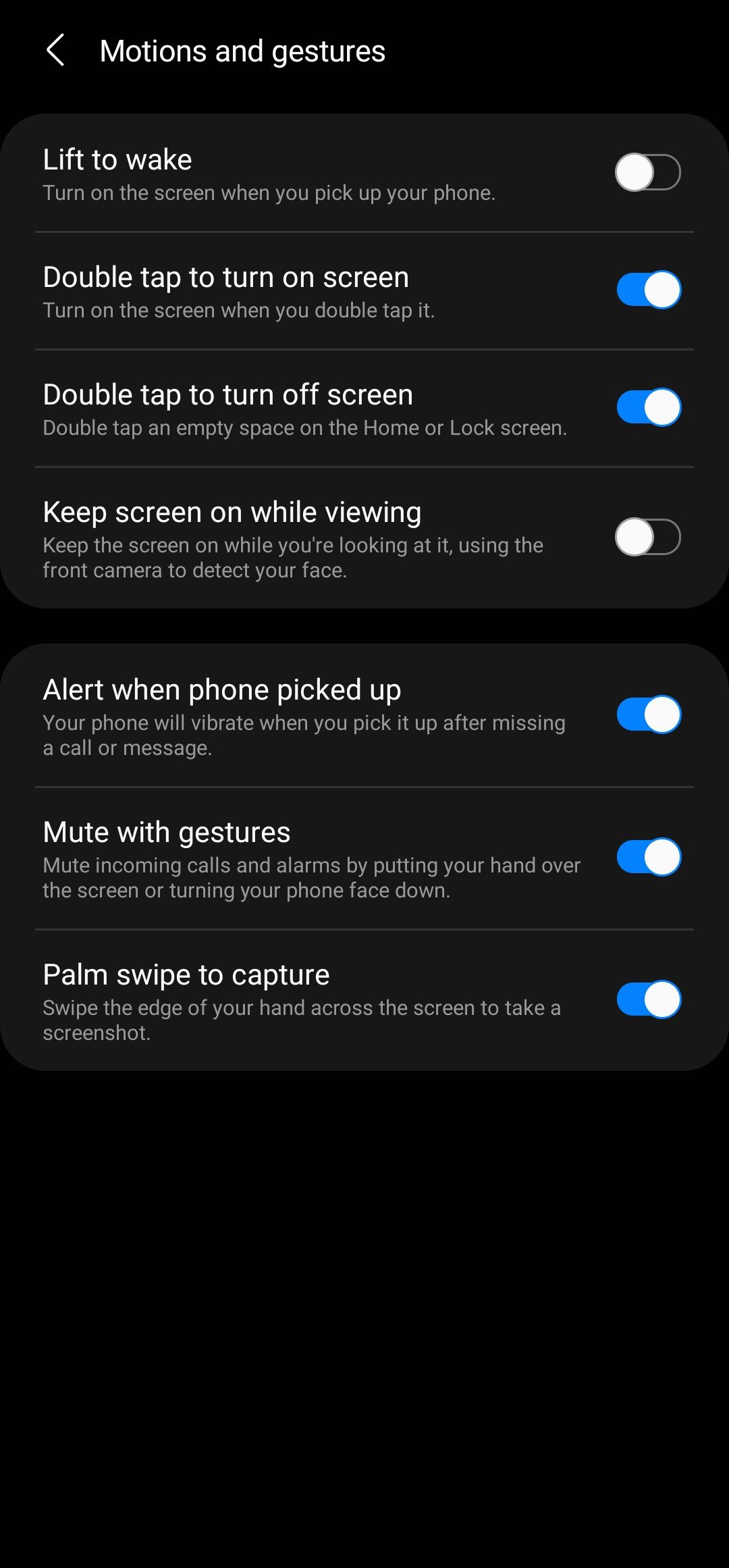
Android gestures: fun, efficient, and way more stylish
Gestures on Android have seen an impressive transformation, evolving into the masterpiece we now have that’s comparable to Apple’s iOS. It pleases diehard Android fans and iOS converts alike. With consistent use, the navigation gestures should become second nature to you in no time.
If you're new to Android or simply want to use your phone more efficiently, take a look at our top Android 13 tips and tricks. If you've recently updated to Android 13, or are expecting the update on your phone in the near future, you'll also want to change these settings on day one.

